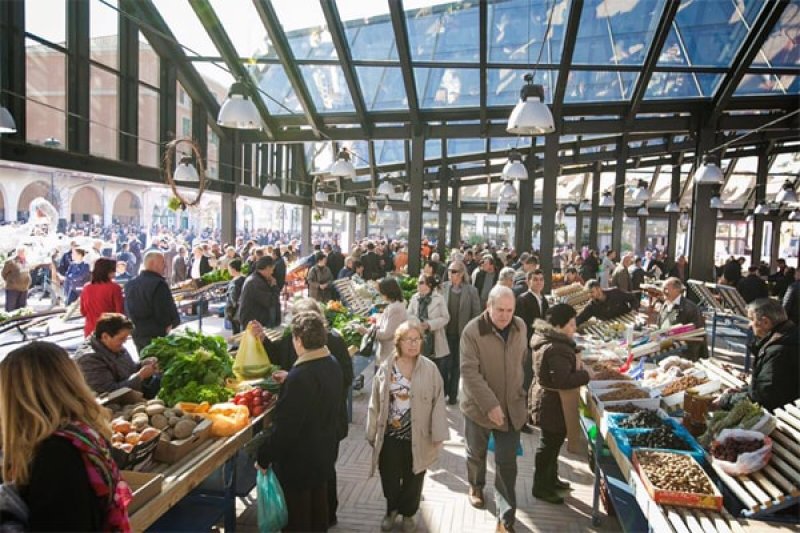Albania Last in Europe for per Capita Consumption
Although salaries, especially in the state sector, are constantly increasing, you can buy fewer products with them, making living more and more expensive. The prices in Albania are like those in Europe or even more expensive.
Eurostat has published the updated indicators for income per capita and individual consumption per capita for 2023, and Albania remains last in Europe for both indicators. Data for Kosovo are missing.
In the actual individual consumption (AIC) per capita data, which measures the purchasing power of goods and services, Albania ranks last, with 41% of the European average, reducing it from the early figure that was published in June, when the indicator was 42%, which indicates a decrease in real purchasing power. Even in 2022, this indicator was 41%.
This indicator is one percentage point lower than Bosnia-Herzegovina (in 2022 we were at the same levels). The highest level has Montenegro with 64%, from 63% in 2022, followed by Serbia with 55%, with an increase of 1 percentage point, and North Macedonia with 49%, from 50% in 2022.
Even in the other indicator, that of income per capita, Albania is the last in Europe, with an income of 36% of the EU average, at the same level as Bosnia and Herzegovina.
North Macedonia had an income of 41% of the EU, the same as the previous year. Serbia had this indicator at 49%, from 44% the previous year. The highest level in the region is in Montenegro, with 51%, from 50% the previous year.
According to Eurostat's explanation, although gross domestic product (GDP) per capita is an important and widely used indicator of the level of economic well-being of countries, consumption per capita may be more useful for comparing the relative well-being of consumers in different countries.
Prices in Albania are getting expensive compared to the EU average. In 2023 they were 58% of the European average, up from 54% in 2021. They remain the second most expensive in the region after Serbia 59% and much higher than in North Macedonia 48.7%.
The economic growth driven mainly by the high flow of constructions and sales of real estate, or the high number of tourists does not seem to have improved the well-being of Albanians in the last two years.
During 2023, the Albanian economy grew by 3.4%, slowing down compared to 2022's 4.86% expansion. About half of this growth came from construction and real estate, which expanded by 9.7% and 11.3% respectively. It seems that this growth that is coming from construction is not managing to improve the well-being of Albanians, who continue to remain among the poorest in Europe.
In 2023, actual individual consumption (AIC) per capita expressed in purchasing power standards (PPS) varied from 70% to 138% of the EU average across the 27 EU countries. AIC includes all goods and services that households use, irrespective of whether they were purchased and paid for by households directly, by government, or by nonprofit organizations. It can be considered as an indicator of the material welfare of households.













